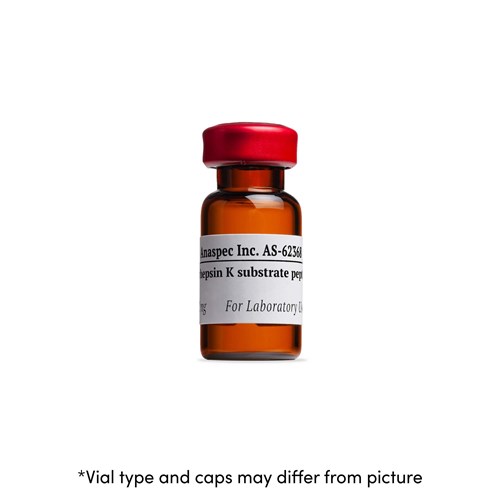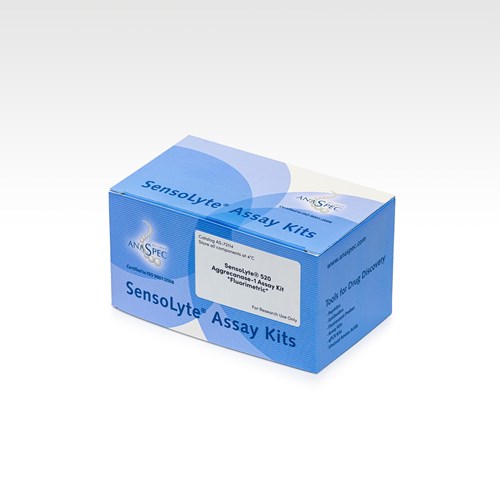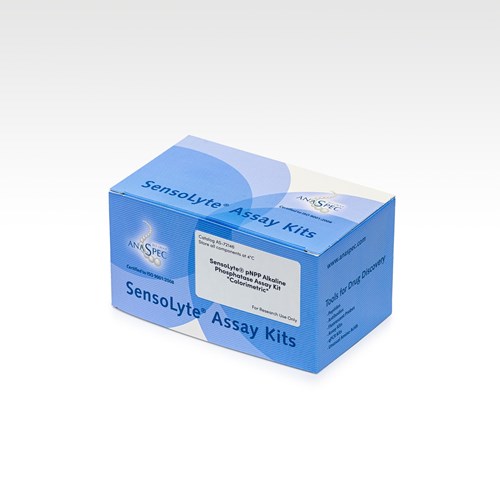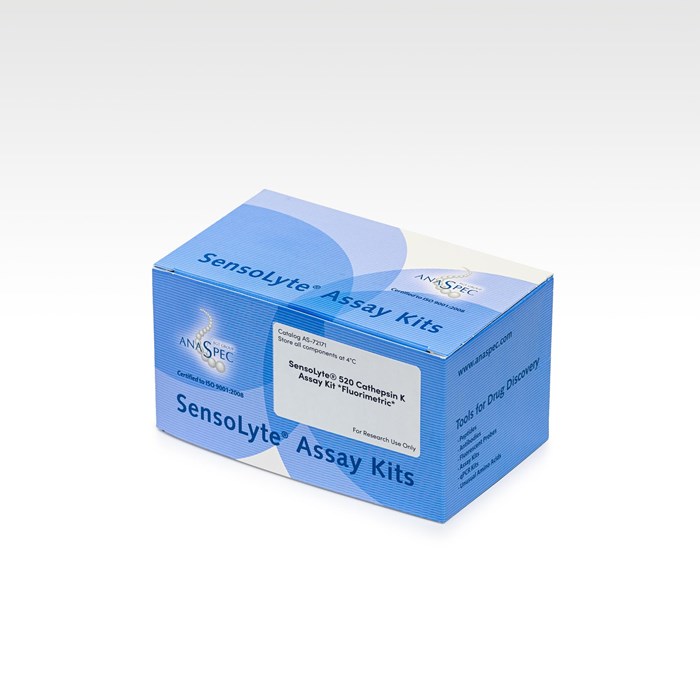SensoLyte® 520 Cathepsin K Assay Kit Fluorimetric - 1 kit
- Cat.Number : AS-72171
- Manufacturer Ref. :
-
Availability :
In stock
- Shipping conditions : Ice fees will apply
Cathepsins are a class of globular lysosomal proteases playing a vital role in mammalian cellular turnover. They degrade polypeptides and are distinguished by their substrate specificities. Cathepsin K is the lysosomal cysteine protease involved in bone remodeling and resorption. It has potential as a drug target in autoimmune diseases and osteoporosis.
The SensoLyte® 520 Cathepsin K Activity Assay Kit uses a QXL™ 520/HiLyte™ Fluor 488 FRET peptide substrate for the measurement of enzyme activity. In the intact FRET peptide, the fluorescence of HiLyte™ Fluor 488 is quenched by QXL™ 520. Upon cleavage of the FRET peptide by the active enzyme, the increase of fluorescence can be continuously monitored at excitation/emission = 490/520 nm. The fluorescent signal from HiLyte™ Fluor 488 is stable at low pH, which is optimal for cathepsin activity. The kit can be used to detect the activity of Cathepsin K enzyme in biological samples and purified enzyme preparations.
Specifications
| Packaging | |
| Kits components |
|
|---|---|
| Chemistry | |
| UniProt number |
|
| Properties | |
| Absorbance (nm) |
|
| Emission (nm) |
|
| Storage & stability | |
| Storage Conditions |
|
| Activity | |
| Application | |
| Biomarker Target | |
| Detection Method | |
| Research Area | |
| Sub-category Research Area | |
| Usage |
|
| Source | |
| Host | |
Downloads
You may also be interested in the following product(s)



SensoLyte® pNPP Alkaline Phosphatase Assay Kit Colorimetric - 1 kit
Citations
Optimizing resin-dentin bond stability using a bioactive adhesive with concomitant antibacterial properties and anti-proteolytic activities
Acta Biomater . 2018 Jul 15 ; 75 171 | DOI : 10.1016/j.actbio.2018.06.008
- Y-P Gou
- et al
Artemisia annua extract prevents ovariectomy-induced bone loss by blocking receptor activator of nuclear factor kappa-B ligand-induced differentiation of osteoclasts
Scientific Reports . 2017 Dec 11 ; 7 17332 | DOI : https://doi.org/10.1038/s41598-017-17427-6
- S. Lee
- et al

